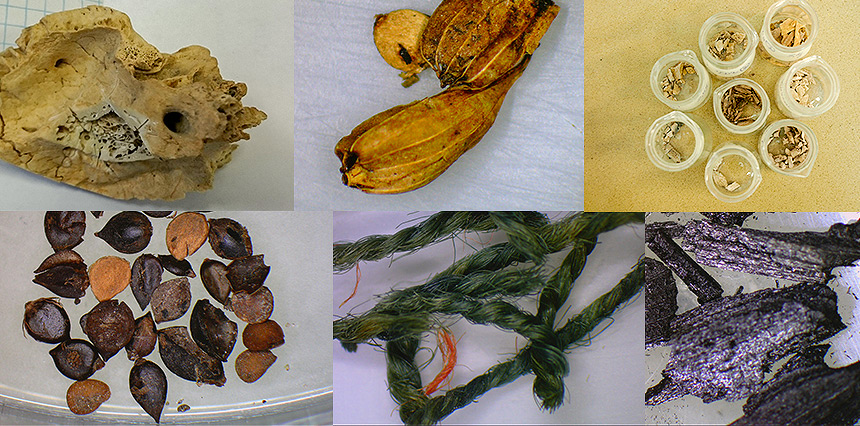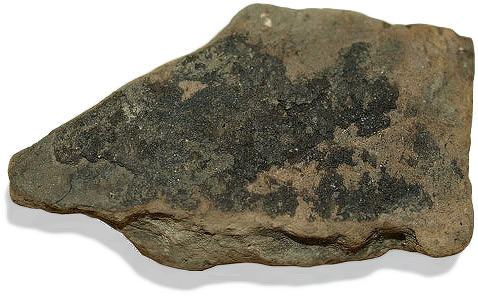
In general, one can date carbon-containing remnants of all organisms, which during their life derived carbon from environment being in contact with atmosphere. Also some materials of non-biogenic origin (e.g. speleothem, mortar) can be dated, though with worse accuracy.
AMS technique offers possibility to date samples 1000 times smaller, and in much shorter time than with the formerly used (conventional) technique of radiation detection of 14C isotope. It enables dating of samples, which are difficult to get in amount required for conventional dating (e.g. plant remnants (including seeds), fragments of hair, rests of food on ceramics, shells of foraminifera), of absolutely not available in amount bigger than a few milligrams (e.g. fragments of cultural monuments or art pieces made from wood, pergamine, paper, tissue, paints, etc.). Due to that, company of users of 14C dating grows continuously
Poznań Laboratory proceeds all types of samples, commonly dated with the conventional technique.
Recommended sample masses are:
- charcoal: 2 – 5 milligram
- peat: 5 – 10 mg
- wood: 5 – 10 mg
- muds and other organic sediments with the organic fraction content >1%: 50 – 1000 mg
- shells: 20 – 50 mg
- speleothems and other carbonates: 20 – 50 mg
- bones: 1 – 5 g
With such masses, we usually manage to extract 1 milligram of carbon for AMS measurement, and such amoutn of carbon is sufficient for typical precision 14C dating. Samples for dating can also be smaller than given above, however in such cases uncertainty of 14C date is higher than average.
 One peculiar type of material is a pottery, where the most suitable for dating is organic coating, if its layer may be definitely split out of the ceramic bedding.
One peculiar type of material is a pottery, where the most suitable for dating is organic coating, if its layer may be definitely split out of the ceramic bedding.
A fine example is shown on the photo, where the coating layer is up to 0.5 mm thick, and forms a spot ca. 5 x 2 cm in size.
